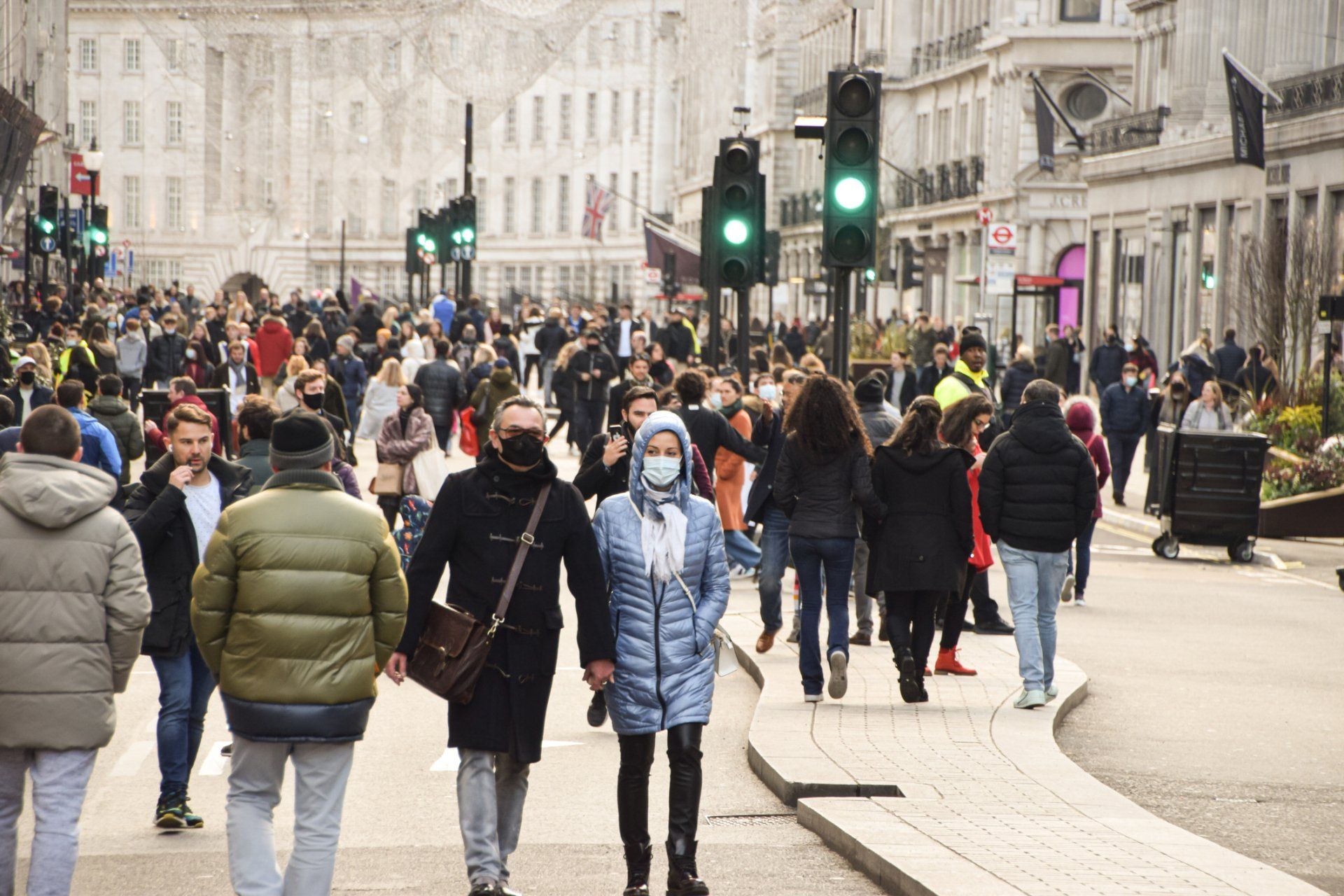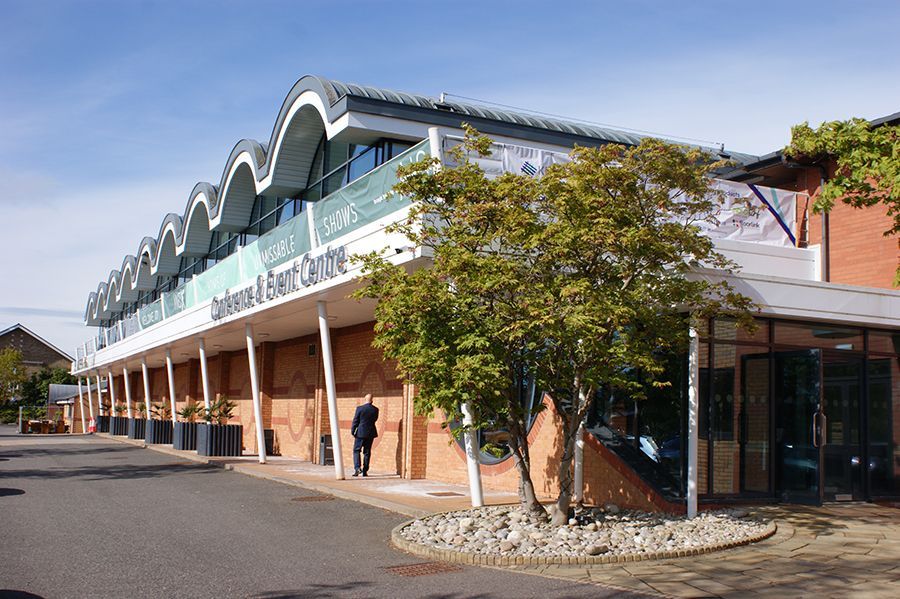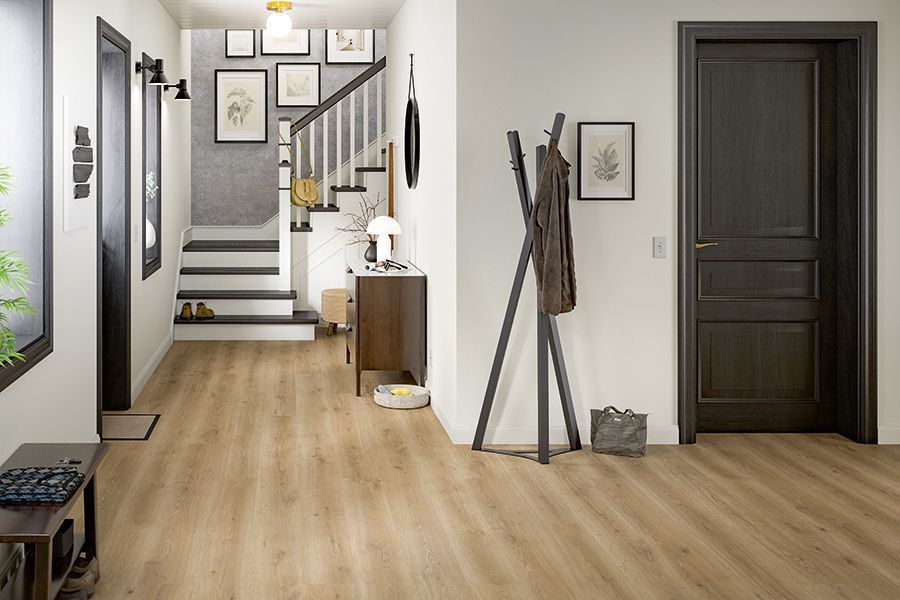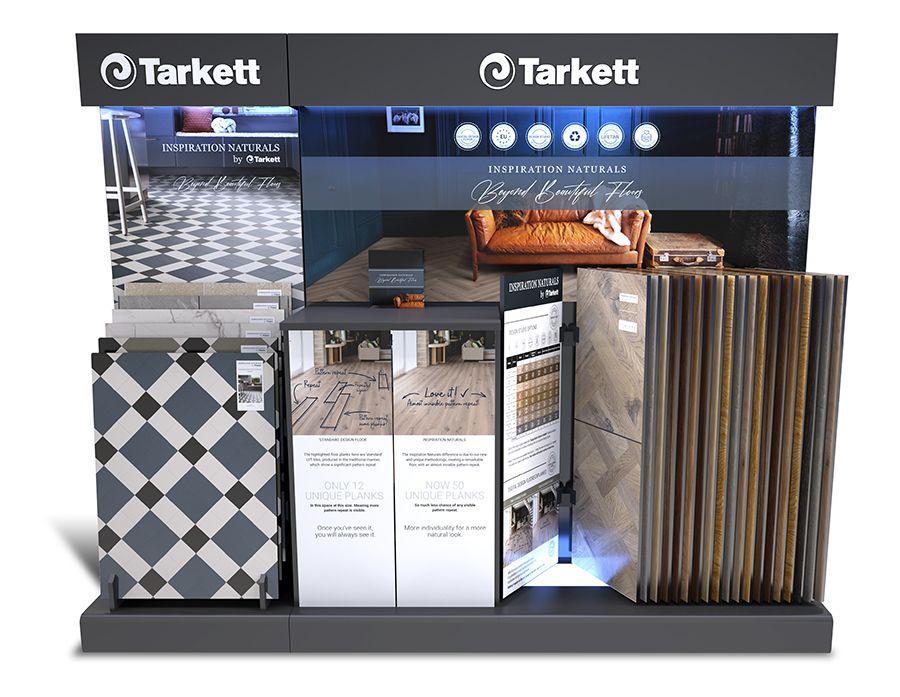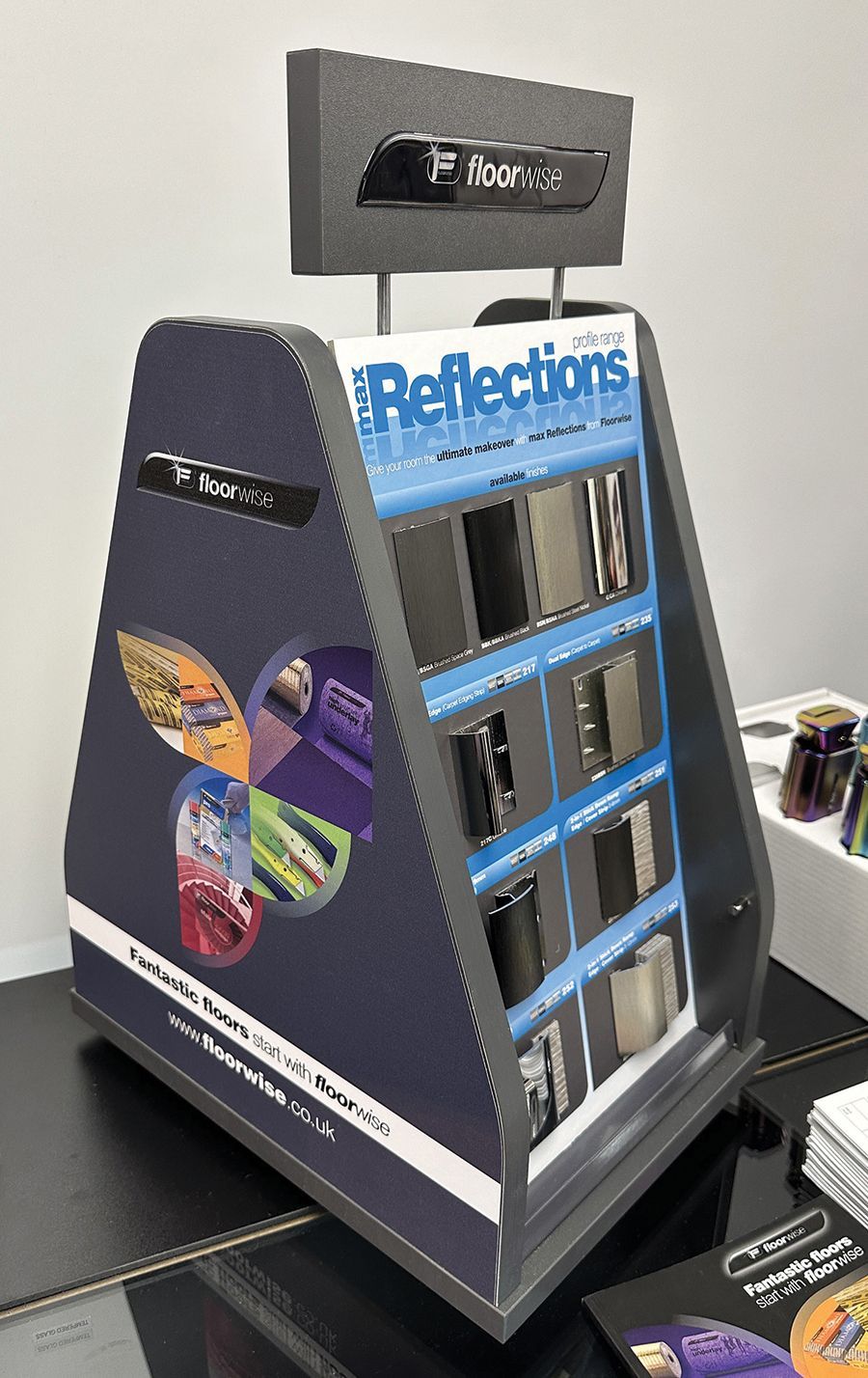Footfall almost a third lower in 2021
Footfall across all UK retail destinations was 31.1% lower in 2021, compared with 2019, but retail parks are performing much stronger during the pandemic.
But, according to retail analyst Springboard’s latest annual review, this marked an eight-percentage point improvement on 2020, when footfall was 39.1% lower compared with 2019.
Springboard detailed that footfall slightly recovered after the third lockdown, which began on 6 January 2021, ended on 12 April. However, later in the year footfall was hit by the increase in infections from both the Delta and Omicron variants.
In July, at the peak of Delta infections, high street footfall was down 30.5% compared with the same month in 2019, and 30.2% down in shopping centres.
The Omicron variant, which led to the government implementing Plan B guidance in December, had a similar effect: high footfall street was 22.2% below 2019 levels (falling from a drop in 15.8% in November), and in shopping centres was down 24.1% on 2019.
Retail parks remained the most resilient shopping destinations in 2021: footfall decreased 11.8% compared with 2019. At shopping centres the drop was 37.9% and high street footfall was down 36.7%. As restrictions eased, retail parks continued to be popular. In the nine months to December retail park footfall was just 4.4% below the equivalent period in 2019, compared with a fall of 25.8% in high streets, and a drop on 26.9% in shopping centres.
Springboard has predicted that in 2022 people continue to combine office and home working. This will prompt an increase in the number of retail visits made during evenings and weekends, longer dwell times, and more consumers combining shopping and dining in the evenings, rather than at nearby offices during the day.
It also estimated that, during the year, the proportion of sales made online will continue to increase. As a result, it has advised retailers to prioritise the integration of online and in-store retailing.
Diane Wehrle, insights director at Springboard, said: “It is clear that while retailing was impacted by Covid in 2021, the roll-out of the vaccine programme has been a game changer. In our review of 2020, we were forecasting that we would need to break down 2021 into two key parts – pre-vaccine and post-vaccine – and largely this is what has happened.
"With the rapid roll-out of the vaccine in 2021, bricks and mortar has weathered the storm of two new variants, with footfall strengthening every month until December when the government issued Plan B guidance to work from home, which took the froth off of the expected uplift in footfall and sales during the crucial Christmas trading period.”







